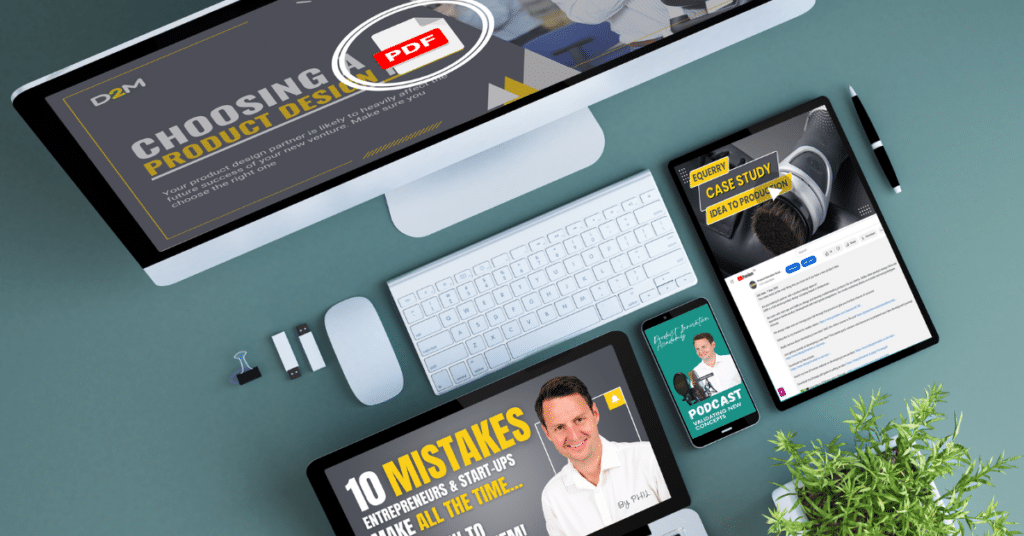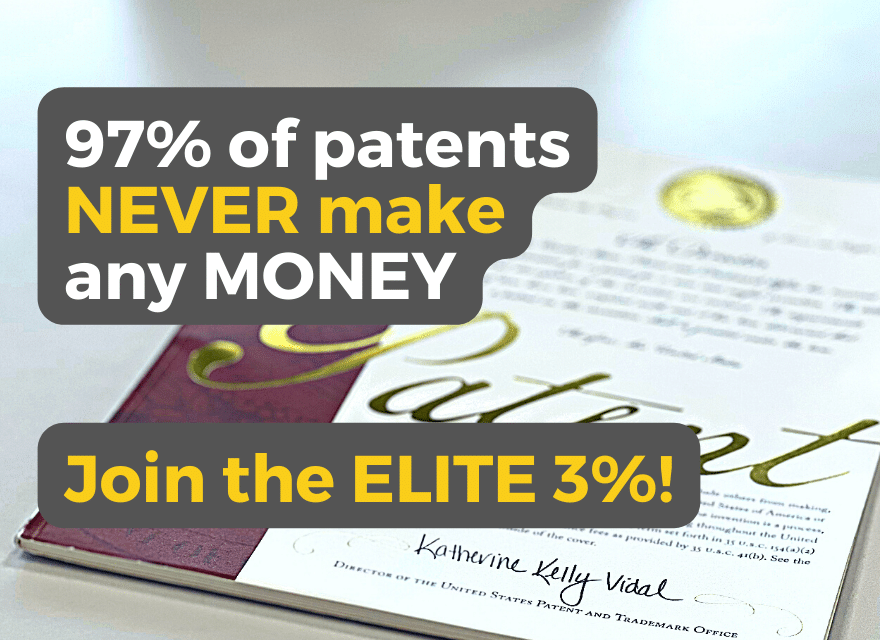97% of Patents Never Make Money: How to Join the Elite 3%!
It’s a commonly known fact that the majority of patents never generate any income. In fact, a recent study conducted by the National Bureau of Economic Research (NBER) found that 97% of patents never make any money. This can be a surprising and confusing statistic for many inventors and entrepreneurs who hold patents, but as an expert in the field of patents and intellectual property, allow me to shed some light on why this is the case. One major reason is that many patents are never commercialized. A patent provides a legal monopoly on an invention, but it does not guarantee that the invention will be successful in the marketplace. In order for a patent to generate revenue, the invention needs to be developed and marketed to potential customers. This process can be costly and time-consuming, and many inventors lack the resources or expertise to do it.
To give you a bit of insight: patent applications to the IPO increased by 7.3% and design applications by 8.9% between 2019 and 2020. And in the following year, TM applications reached a record high of a whopping 137,035; but despite this increase in activity, only 3% of originators actually make money from their designs. I’d like to tell you why, and how to avoid being part of the 97% of innovators who don’t make money from their patents.
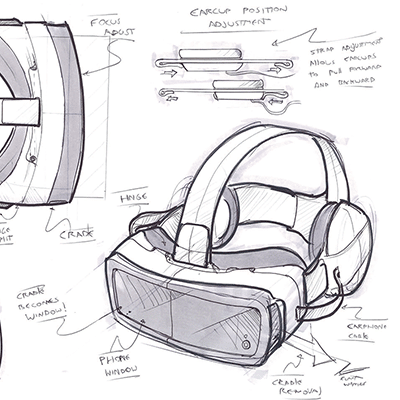
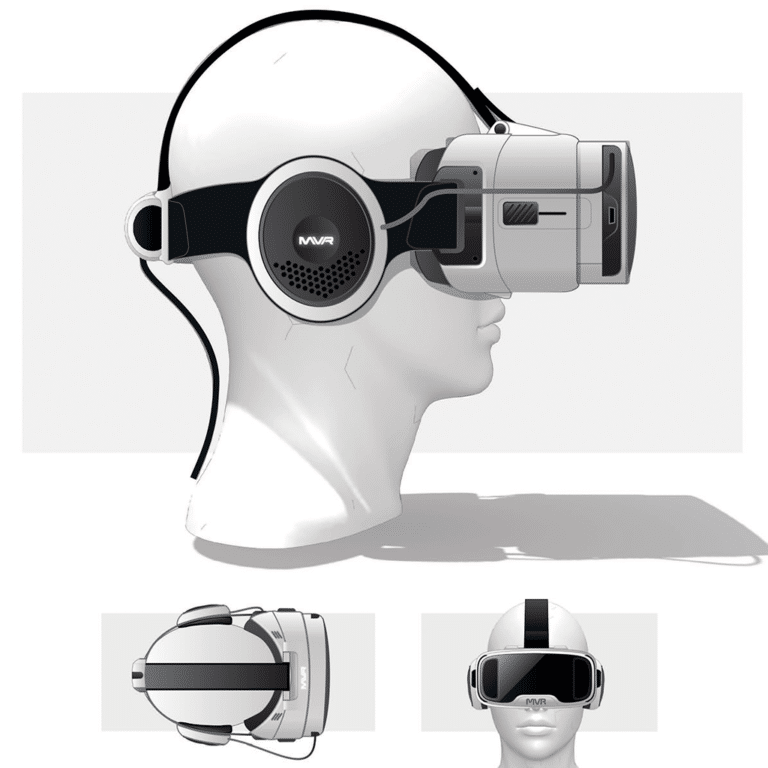
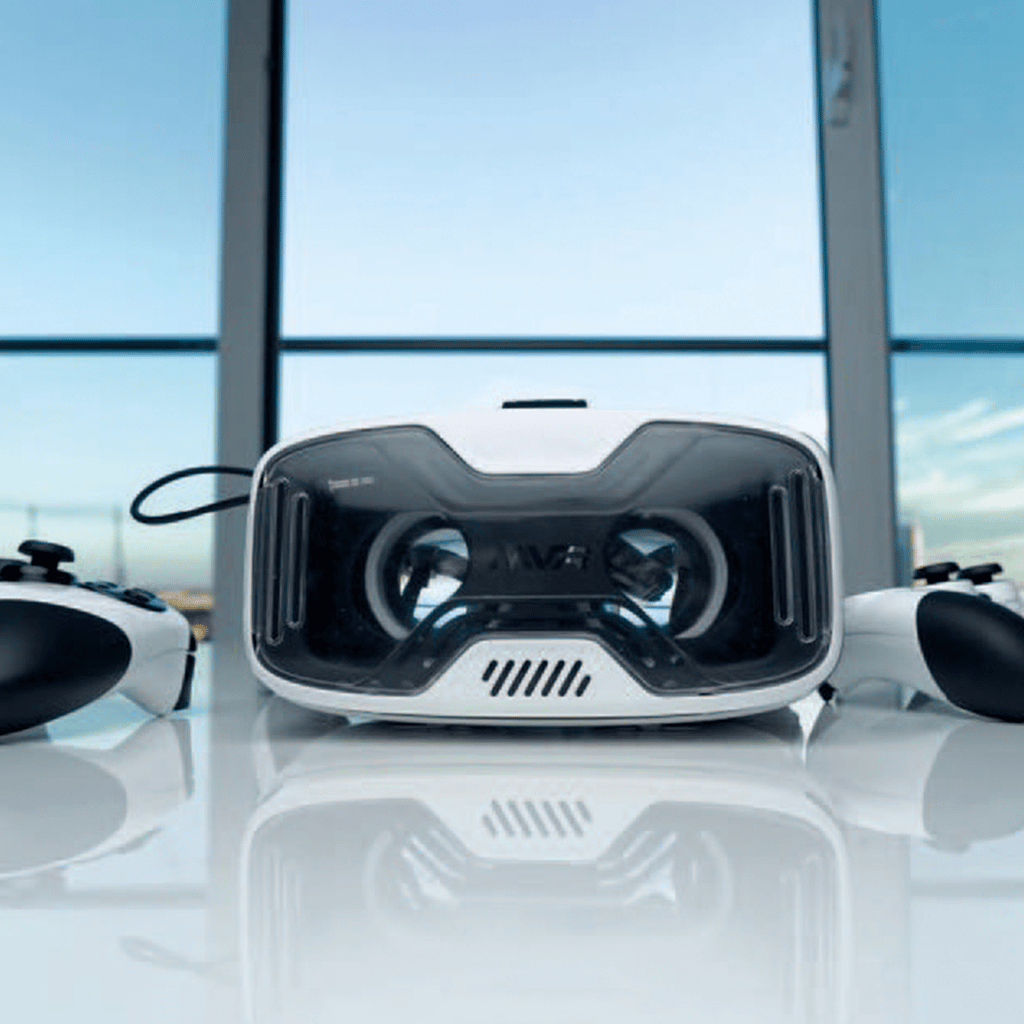
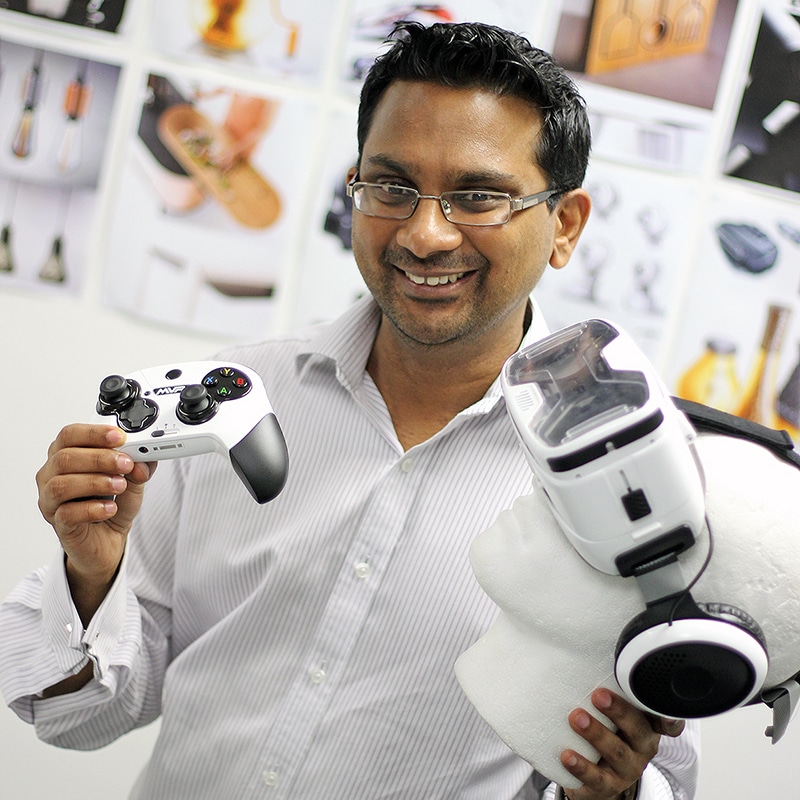
Reason 1 – A lot of patents are not filed to make money, rather to stop other companies from undermining the market share of existing products. Instead of manufacturing a product, Research and Development teams will file patents to defend the money that they have spent on developing, tooling, and managing the quality control of an existing product. We’ve all seen those car adverts where the company boasts about the number of patents they’ve filed on a single car. When in actual fact, it is more likely that these patents were filed to boost their marketing claims than to develop new technology that they are advertising in the vehicle.
Reason 2 – Sadly, I have seen plenty of ideas fail to make money purely because the originator isn’t properly prepared for the next steps after a patent. My team and I use a 10-point validation plan to help reduce the risk of failure in the process of developing a new project. Taking these steps and planning ahead will help to prevent developing an idea that has a low chance of succeeding in the market. One of the main problems that entrepreneurs have is that they fall into the trap of believing that their product will sell itself. This is not the case. The best way to prepare, is to work on your route to market and outreach strategy before investing in a patent. An entrepreneur should be revising a plan for every step of the design process, manufacturing and marketing of the product, as well as leaving room for changes and future demands.
Reason 3 – Another issue I come across is often, investors will get bored of one idea, and move on to the next. Lots of patents receive grant and then they are abandoned. In my experience from helping hundreds of entrepreneurs and SMEs launch new products, once they receive the initial results they’re after, designers will quickly move on. It saddens me to see such brilliant ideas left on the shelf to collect dust. However, if an idea is well considered and suitable for the market, you will be able to make money from that patent. When a successful design or invention has multiple uses and potential for improvement, development of that product can continue which will allow you to create more patents in the future.
Patents are provided for designers wishing to take legal ownership of their own utility invention or design. Owning a patent gives a designer exclusive intellectual property rights, meaning that their design cannot be copied, sold or reproduced without the patent owner’s permission. Attorneys, Global Intellectual Property Offices, and Invention Promotion Firms will encourage start-up businesses and inventors to file a patent for that reason, as the first step towards making money. Though there is some wisdom in this, a patent is not the only thing necessary to yield profit from a design, and this crucial point is one that services like these, neglect to inform prospective clients. If you are taking the straightforward route of licencing an idea, beware of the extra costs for making a prototype for the company and the thousands of pounds to pay in legal fees, which could leave you up to £35,000 out of pocket. Fortunately, I am here to tell you how to make money rather than spend it.
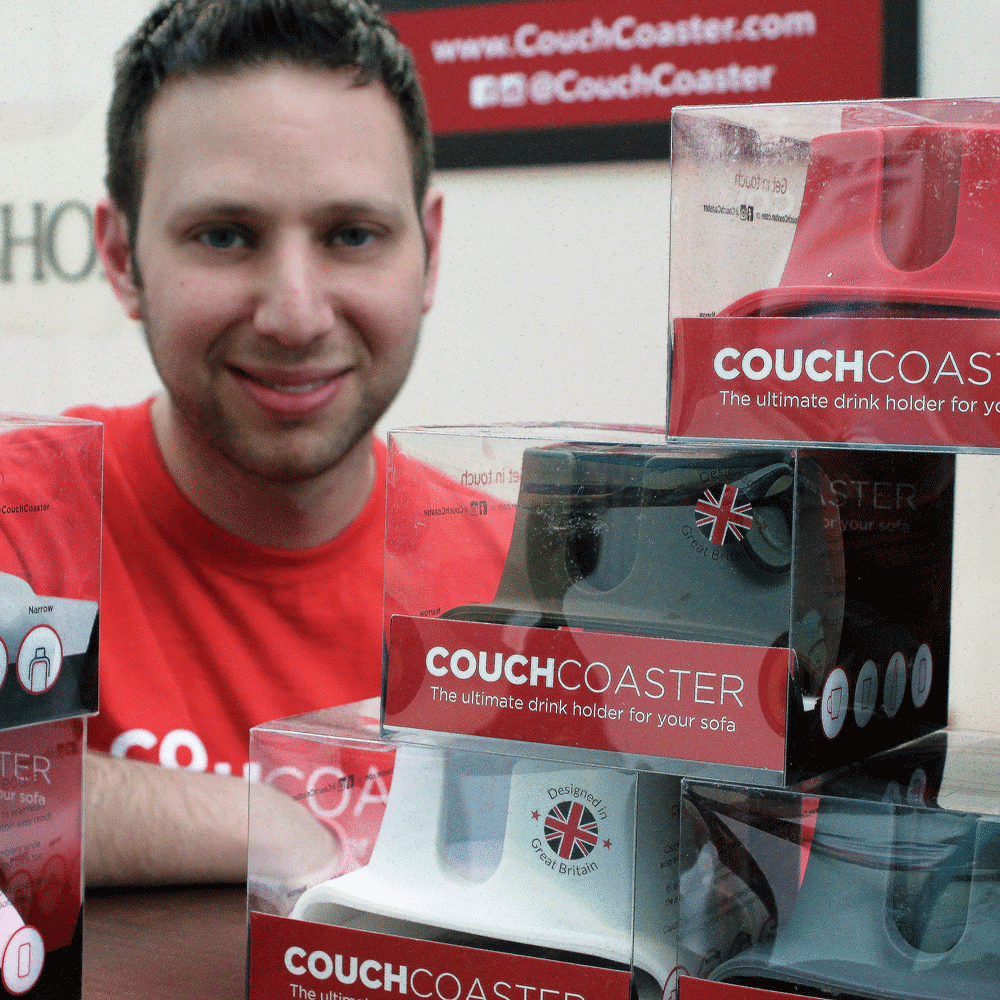
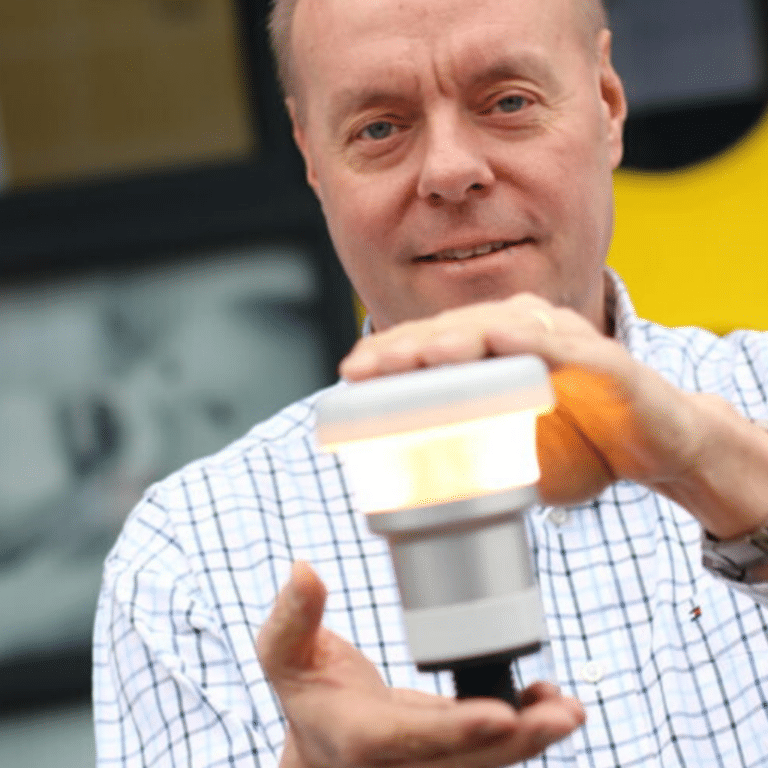
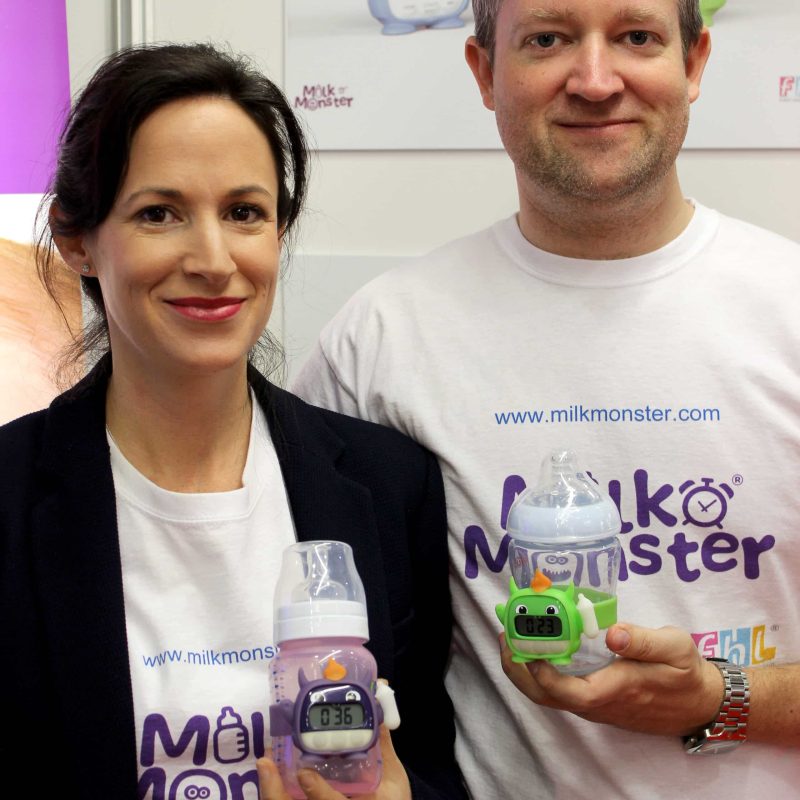

Reason 4 – Only a third of all patent applications get granted, and the reason for this is either: because the idea already exists, has already been patented or is very similar to a protected idea, thus doesn’t fulfil the requirements for a new patent. It is highly recommended that you research your concept thoroughly before applying for a patent, to provide a better chance of an Examination Team granting your request. We advise using a reputable attorney to put forward your application to ensure the best outcome (contact us for recommendations). The only way to make money from a patent is when it has been granted, and considering only two thirds of patents receive grant, it becomes clearer why just 3% of patent holders earn money from them!
Filing a patent is the easy bit. With enough money, you can pay an attorney to do all the work for you. However, the difficult – and most important part – is developing your idea into a profitable, sought-after product. Even then you need to market your product and sell it effectively to start securing money. By the time your product reaches the market, you might have spent between £30k to £1 million, possibly even more! To pay back your investment and start making money from your patent, you need to sell a lot of products. Planning is key, or at least creating an investment strategy if you don’t have the means to fund an entire project launch.
Your takeaway message… it is totally possible to make money from a new idea that you have patented, and you should! We’ve seen people turnover upwards of £1 million every year, even from small consumer product ideas. We’ve also seen small businesses grow into large companies as a result of investments into new, patented products. This could be you! But remember, you need more than just a patent.
Feel free to contact our team to receive professional guidance on filing and using a patent, or advice on your model before applying for a patent grant. We want you to have the best chances at success with your patent and give you the knowledge and tools so that you can use that patent to your advantage. No more wasting time and (lots of!) money on a patent that will soon fall through. Would you like to be the next patent millionaire?
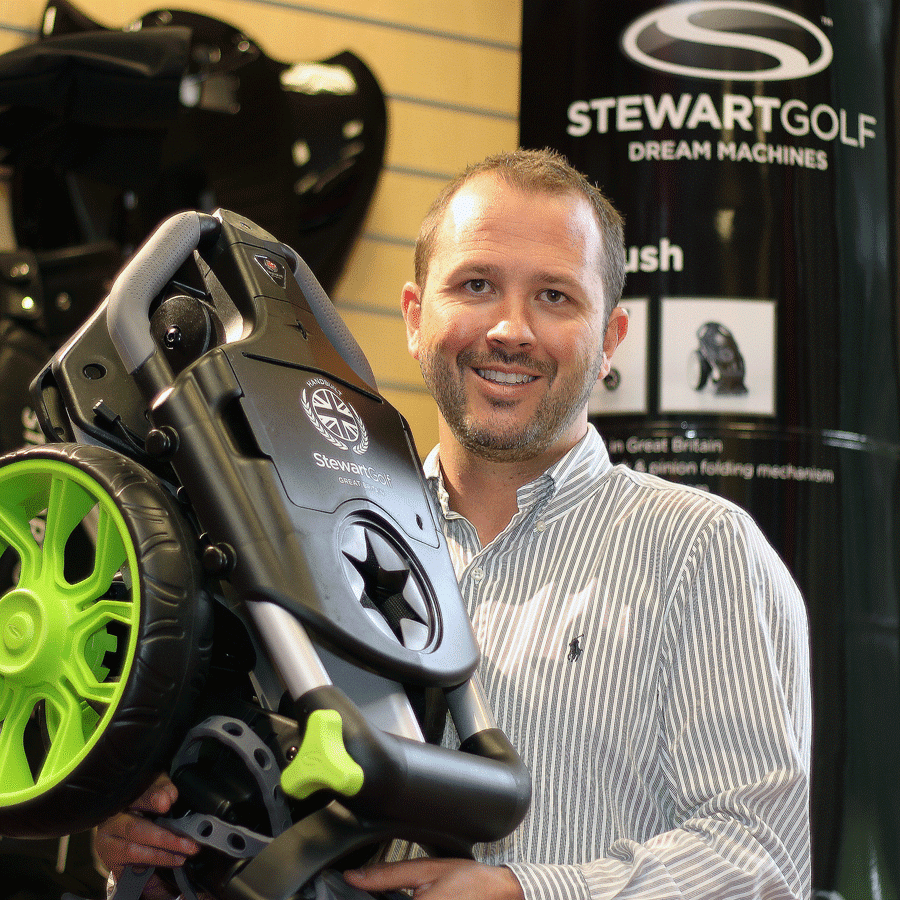
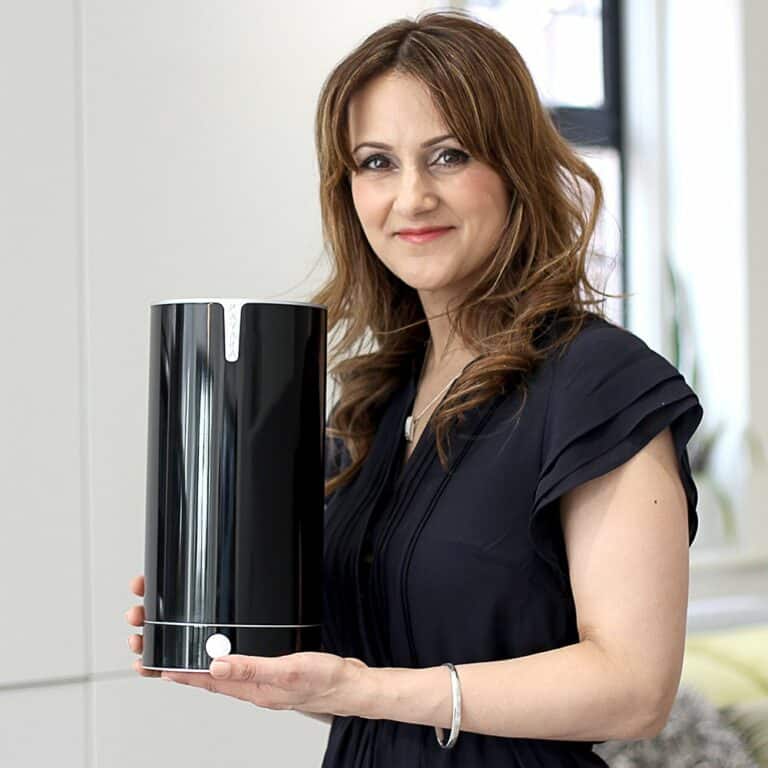


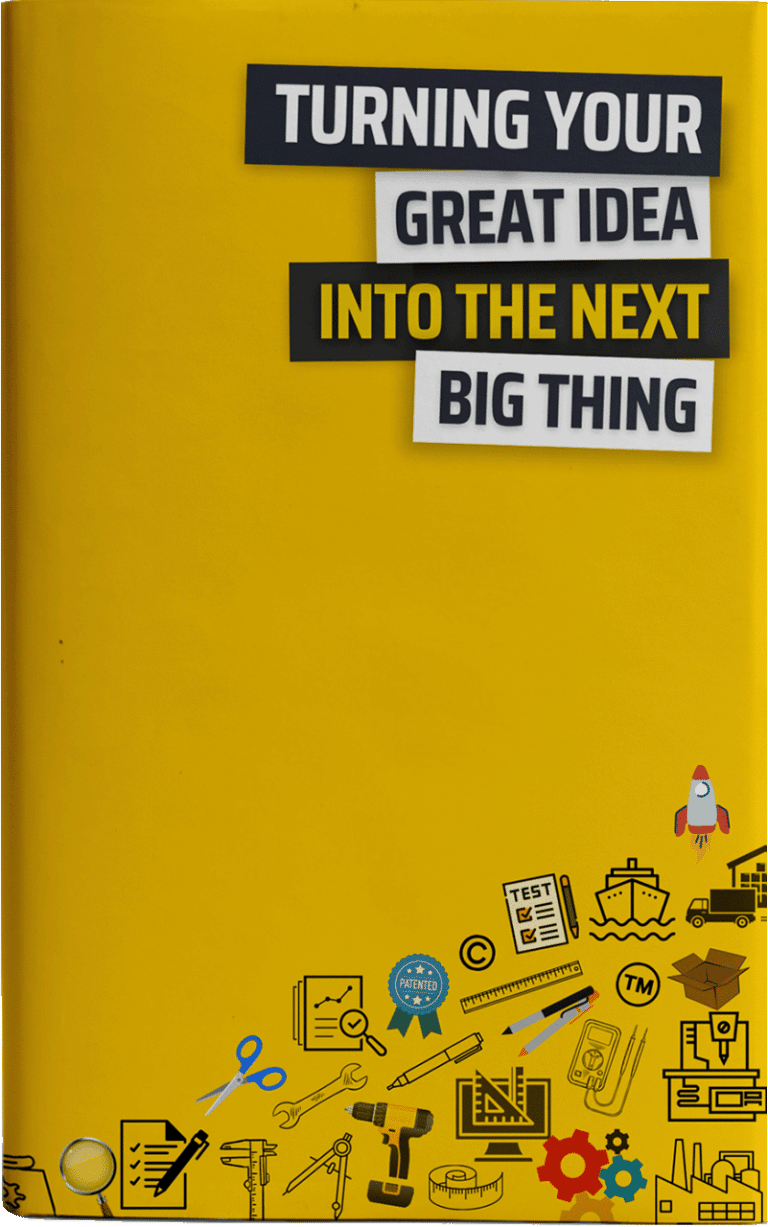
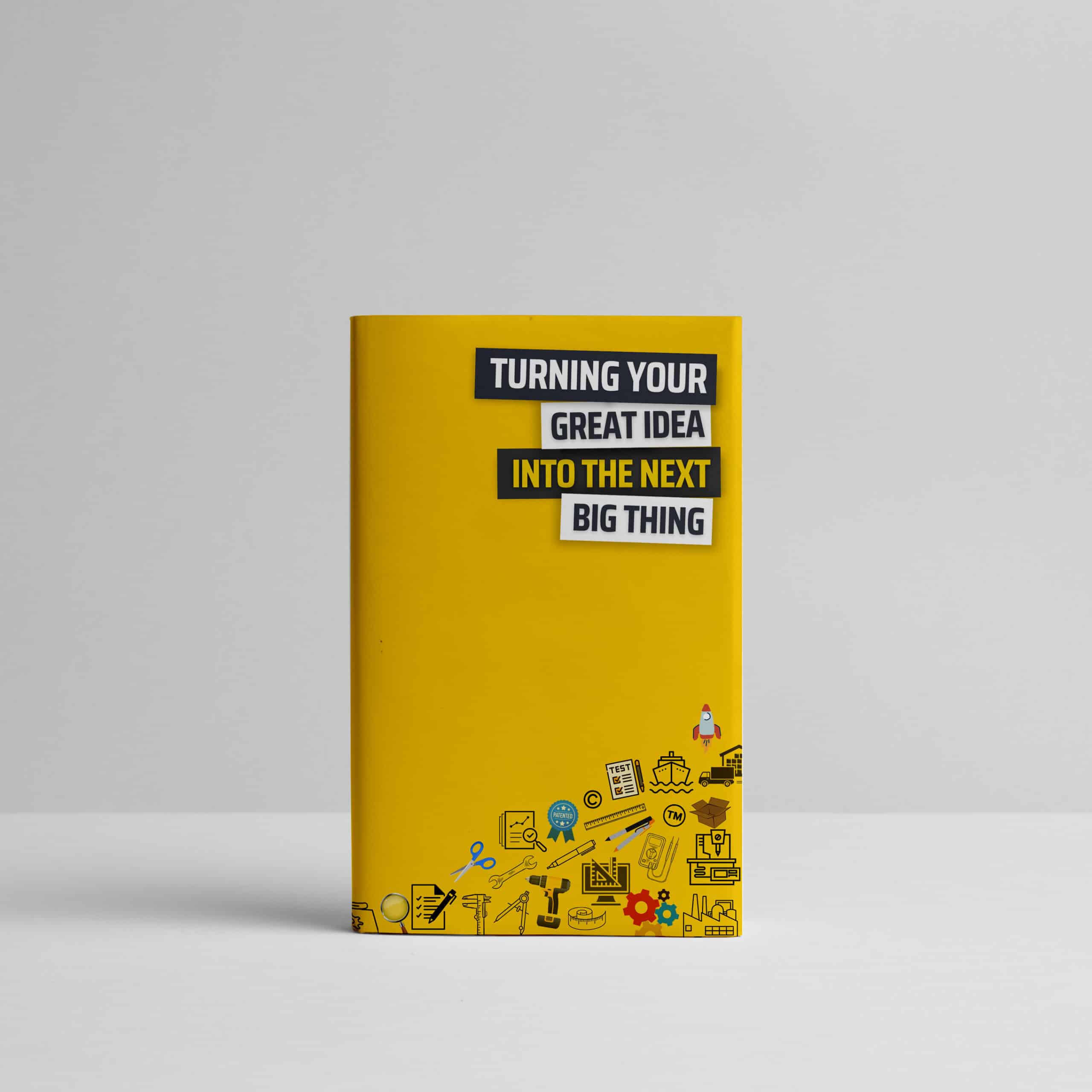
Serious about developing a product?
Having worked with hundreds of Start-Ups and SMEs we’ve learned a thing or so about getting a project off to the right start.
Don’t miss out on this invaluable guide to turning your idea into the next big thing!
